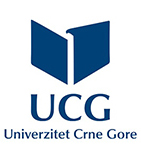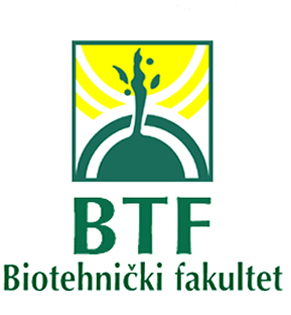| Abstract : |
Malesia e Madhe is extended in the north-west region of Albania. It has a surface of 555 km, 2 dominated mostly by high mountains, and only in the south, at close of Shkodra Lake, the relieve looks field of vision. All this low land has a name, “Pustopoje”, which is a Slavic denomination that means desert land. In its overall integrity, owing also to its formatting factors, it represents in the layer 0-60 cm, land structure with high percentage of conglomeration 70-95 % and middle sized stones (Ø 5-200 mm). In the practical evaluation, these lands are unproductive when referring to the field cultures, more over when the biggest part of it isn’t under the irrigation system.
Field of Pustopoja is extended 20-550 m over the level sea, with Mediterranean climate and little rainfall during the period April- September. The land is skeletal and with low possibilities water keeping. All these elements give the name to this field “Pustopoje”. The biggest part of the surface has been bare of leafless. In particular “oasis” has been cultivated plants with short vegetative cycle. Several years ago many efforts have been done to put in efficiency by cultivating medicinal plants, as thymus, lavender, thyme, etc. The firs results were encouraging, but with the passing of the years these surfaces are damaged by the lack of attentiveness, and today they are quite degraded.
During the last years there is a great interest by the rural community of the district and a special attention to the cultivation of sage. During the last five years the surface cultivated with sage has been grown very fast because the land climatic conditions are very favourable and the market is guaranteed. Actually there are about 700 ha sown with this plant that already we could nominate as agricultural culture.
In our country we say that the sage is in its own home. Albania has high diversity of this plant, but the ecotype of north region is more requested in the market. The region of Shkodra is the richest part with sage ecotype notable for their high active principles. On the other hand those ecotypes, as the one of Shiroka, Velipoja, Hoti etc. have a high adaptability and productivity in the cultivation conditions of Mbishkodra region (Malësia e Madhe, Pustopoja).
The incomes from one ha cultivated sage is about 4-5 000 USD. There exist the possibilities to cultivate more than 5000 ha, which means an annually income over 20 million USD.
Having into consideration the numerous demands from the market (export), we are of the opinion that the perspective of this region, not only, but also in the similar district like Kukes, Gjirokaster etc, is to support strongly this activity (including subvention for the firs year), because it brings not only the engagement of the precious surface “unproductive”, but also the possibilities of vigorous developments of the rural community. |

